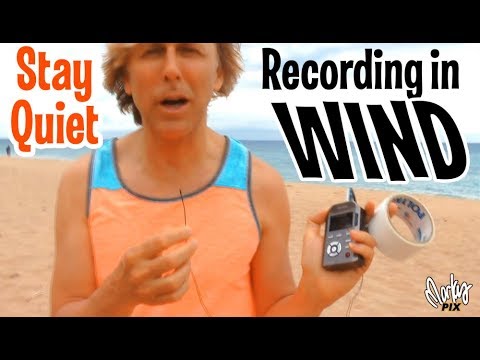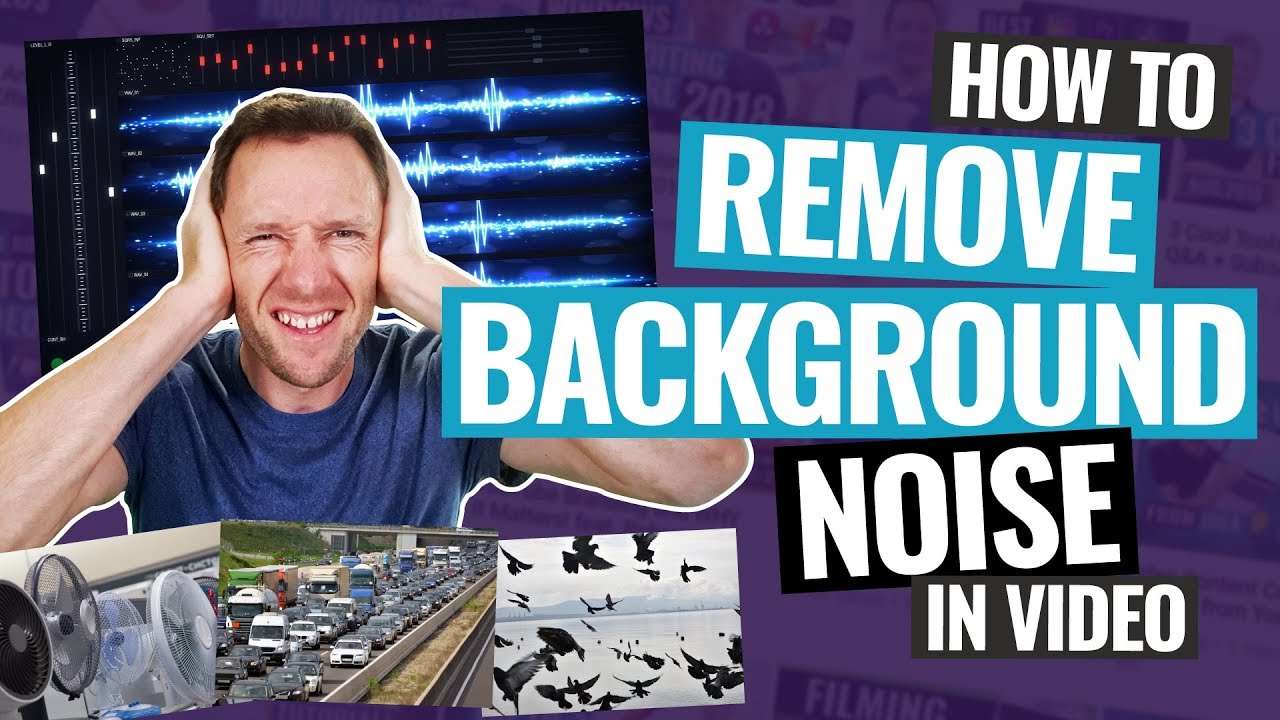Is it possible to take out wind sounds in video? Or make audio sound better?
Try the High Pass filter or the Band Pass filter and play with the settings.
If there is also voices in the audio, after removing the wind sound, you’ll probably need to adjust the volume (Gain/Volume filter) and then add some low frequencies back (Bass & Treble filter)
I wish.
A did a quick test with some audio found online.
I used the Band Pass filter.
It’s not perfect, I’m not an expert and I didn’t experiment very long with the settings, but there is an improvement.
@MusicalBox wow I’ll say. that’s a big improvement… I’ll have to try these filters… I often pickup wind noise while shooting RC slope gliders perhaps it won’t be as distracting if I use these. Thanks 
For the purposes of that clip, it is a tremendous improvement.
He is dealing with deep wind rumble, and is of an age that the upward shift of the energy peak in his voice tones is contextually not inappropriate.
The little bit of wind noise that is left is the high-frequency “blue noise” which is the part that plagues my videos. Filtering it out removes that part of human speech which forms the letters “T”, “S” and “H” and differentiates “PA” from “BA”.
![]()
I have sought and obtained professional advice on my case; the recommendations were brands and models of microphones and wind reducing “Dead Cat” microphone covers.
Of course, the best way to remove all the winds noises from a video is to eliminate them before recording.
The audio I used is from this YouTube video.
The technique he uses is simple and seems very effective
It could be done in various more ways, but if you need an free and totally professional solution then you can install audacity on you PC, And then you can watch tutorials on audacity. I also use audacity for most of my audio works.
If you have installed it, then you can watch this tutorial from Justin Brown’s channel:-
Pass filters are a great tool for eliminating (or reducing) certain frequency ranges.
In this case, I use the bandpass filter to get the range of the human voice through. I set the center value to 800 Hz and a bandwidth of 200 Hz. Thus frequencies below 700 Hz and above 900 Hz are gradually reduced the farther they are from the center frequency.
This does not prevent noise that coincides in the frequency range from 700 to 900 Hz but it helps a lot and at the same time, the natural tone of voice is maintained.
Further control is also possible using the low pass and high pass filters (the bandpass filter is a combination of these two), to better adjust the low and high cut-off frequencies.
In some cases, a compressor can also be used so that loud noises are reduced and are not so annoying.
Used this to remove traffic noise (a car passing by briefly). It worked great!
You probably dont mean MHz? ![]() This should be just Hz i guess
This should be just Hz i guess ![]()
But you repeat the MHz again and again, so i got confused…
Yeah, I’m so focused on the translator that I didn’t notice this, hahaha.
I’ll correct it now.
I’ve shot a lot of videos in the wind.
besides what has already been said.
Get a directional mic with a dead cat and shoot with the wind.
In other words, the subject is facing the wind.
When the wind is hitting the side or front of the microphone it’s louder.
I have tried a ton of VSTs for this very problem.
The best one by far is a plugin called ReaFIR.
It’s in this set of plugins, ReaPlugs VST FX Suite, Its free, or it used to be.
Here is a Youtube video on using Reafir.
Removing Background Noise in REAPER (ReaFIR)
Search for that. He is using Reaper software, but how to use the plugin is the same.
One critical point. Your audio must be louder than the wind noise for that plugin to work.
It actually subtracts (removes) what you tell it to.
I get zero noise after using this but there must be a separation between the noise and your audio.
Sorry I didn’t provide links. I’m not allowed to.
Yes? My answer is an uncertain one because if there’s enough wind noise you’re not going to be able to do much about it, particularly if that noise is happening at the same time as your vocals.
If not, you’re in luck and if using the techniques others have suggested don’t work you might try exporting the audio prior to Shotcut into an audio editor like Audacity (which is free, btw) treat it there, then import it back into Shotcut.
Though be aware that you can over work audio, flattening vocals and essentially draining the life from them.
It is possible to combine Audacity with the VST Reaper plugins.
Reaplugs
Just download the 32-bit VST plugins and Audacity will be able to handle them.
ReaFir is a very complete plug-in with several modes of use.
It is not necessary to use Daw Reaper for this if you are more comfortable with Audacity.
In the example, I used the subtract option to obtain a noise profile. This option exists directly in Audacity but the ReaFir plugin has a more complete interface.
I did not test specifically for wind. I just want to show how it is possible to use free VST 32-bit plugins in Audacity.
I’ve used Audicity and its just fine for something like this.
Another thing to point out. In Reafir you can let it build the noise profile. But you can also draw it in yourself. Very powerful.
I’ve done a lot of screen recording with OBS studio (older version 32bit) and you can add Reafir in to the effects chain and kill low level noise on the fly. So you don’t have to “f” with it later.
I would use Audacity for that.
I have been using High Pass at 150hz on every video. It makes the sound less boomy and also sounds little better on those tinny mobile speakers.
However I dearly with a Proper Noise reduction (Like audacity) feature would come here.
Thank you for the information.
I did not delve much into the use of this add-on.
I usually choose Reaper over Audacity (there is even a Linux version). Although it was not mandatory, I finally paid for a license, and for somewhat more complex projects it is my choice.
Some of my projects require stretching or shrinking the audio to sync with a video. In Reaper, I can look at the video, lip movements, events associated with a sound, etc., and accommodate the dubbing audio to fit the remastered video.
About OBS. I found that the option to include external 32-bit VST plug-ins was very useful for recording exercises for my electric bass teacher. So I have an on-screen VST tuner for that.
In Linux, it is possible to connect the Shotcut audio output to a plugin loader (Carla) via the Jack low latency audio engine. It is possible to put an analyzer module, an EQ, or any other plug-in and listen to the result, so you can get better audio for your needs.
I didn’t know Reaper would stretch or shrink audio like that.
Whats happens to the video that you would need to do that?
Is it that you have recorded the audio on a separate recorder?
But still, wouldn’t they be the same?

